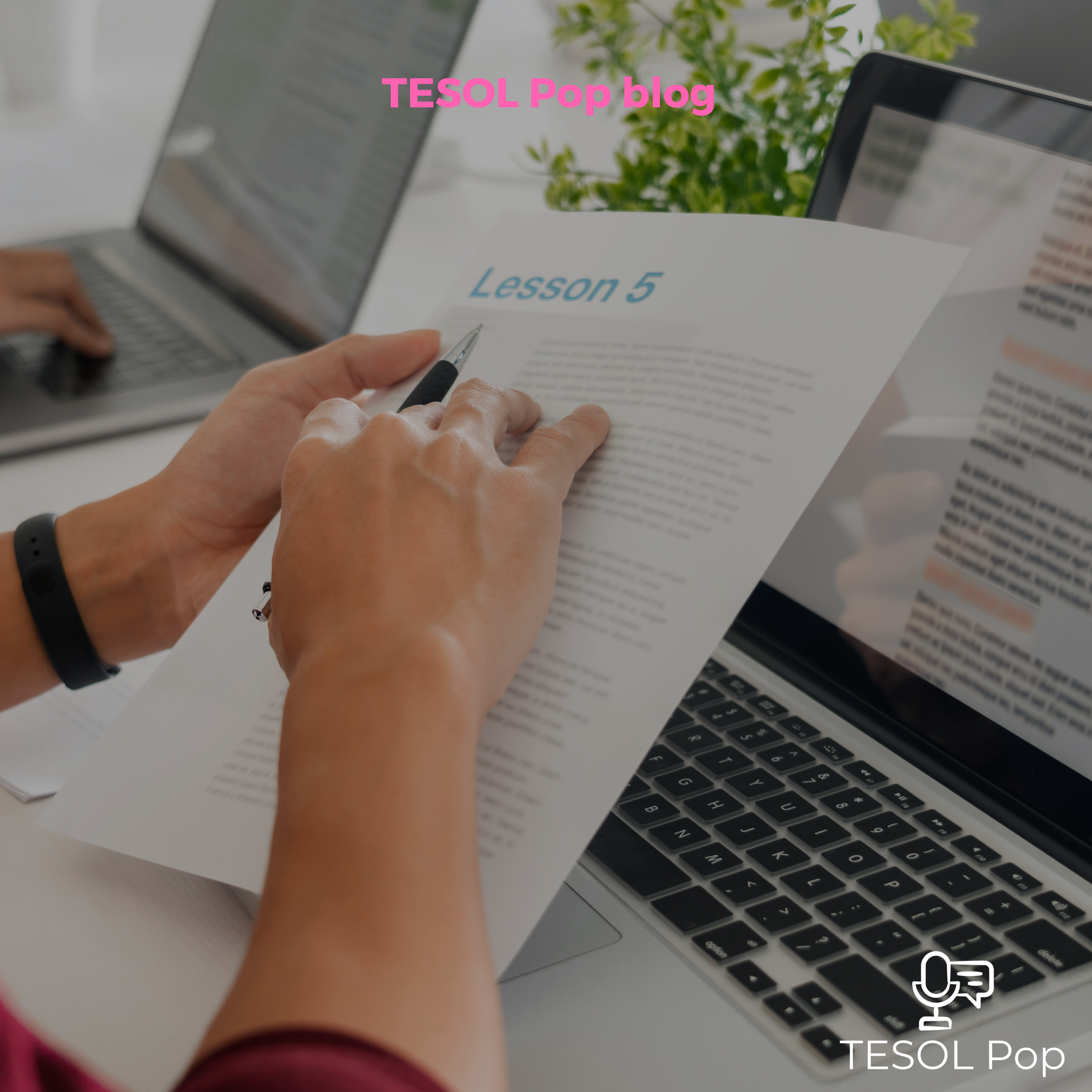
Three Alternatives to Present, Practice and Produce (PPP) Lessons
Have you tried Test-Teach-Test, Context-Analysis-Practice-Evaluation, or a patchwork Engage-Study-Activate lesson model with your language learners? Discover three alternative ways you can plan your next lesson to keep your learners engaged and motivated.

A Guide to Planning a Present-Practice-Produce (PPP) Lesson
Although there are many ways to organise a lesson, the merit of PPP is that it provides a clear step-by-step model for new teachers to follow by dividing the lesson into three main stages: Present, Practice and Produce. This blog looks at what happens at each of these stages, the key points to bear in mind when planning a PPP lesson, as well as when PPP is most effective.
